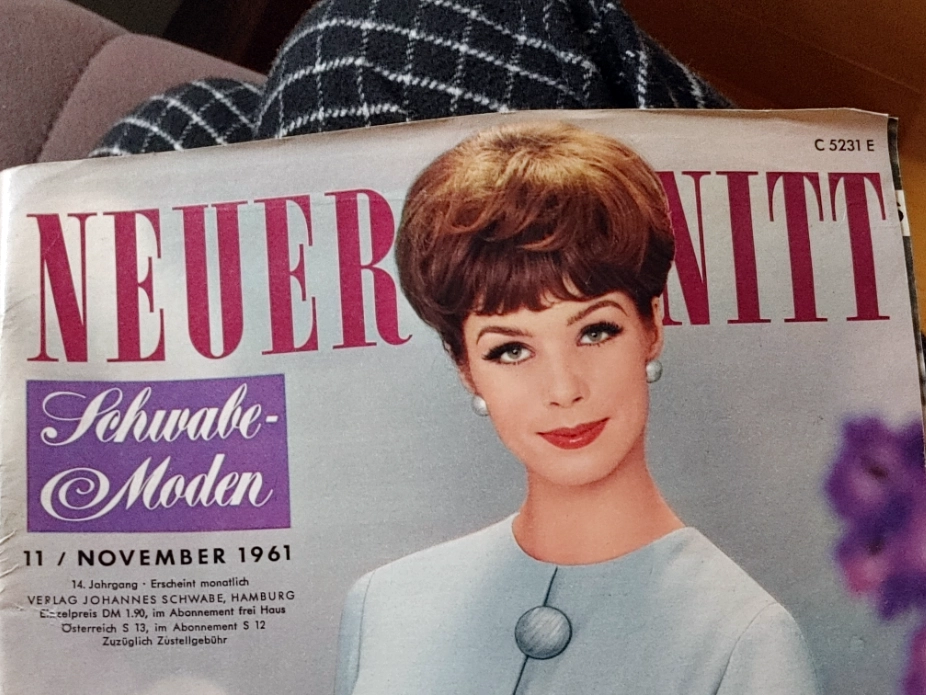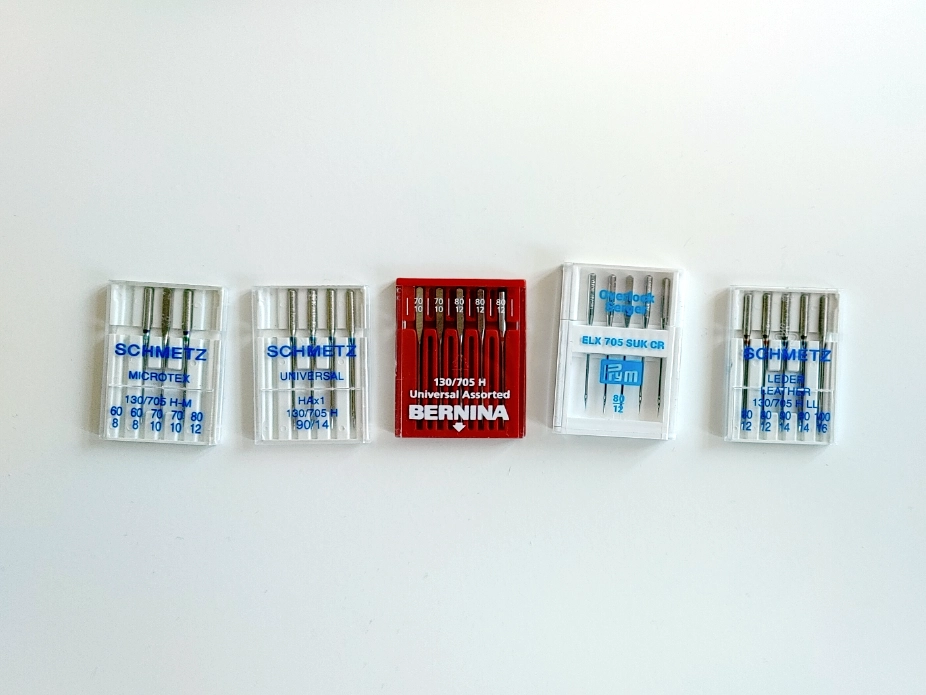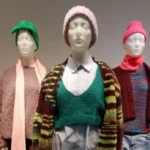
Why clothes don’t fit anymore
11/29/2024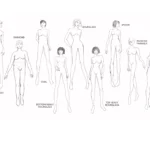
What you need to know about body types
11/30/2024Table of contents
Inspecting clothing for good quality is trend, and you see these videos on daily your FYP—but polyester isn’t the only thing you should look out for. In this article, I share my insights as a fashion designer, and you’ll learn how to spot good-quality seams, fabrics and get a general understanding of how to spot high-quality clothing.
Petrol-based fabrics and why you should think twice about wearing them
There was a time in my life as a fashion designer when I wasn’t so critical about polyester, nylon, and acrylic materials until I heard about the microplastic that they release while wearing and washing clothing. Basically, right now we all have plastic in our blood. Sounds like something that shouldn’t be in there; but it can’t be that bad right?
I mean there is nothing illegal; it simply has according to various studies* an impact on our health. Nonetheless, the dose makes the poison; but with the increasing amounts of polyester in fashion, our food chain, and in daily life… I am thinking twice about whether I really needed a cute polyester dress that would increase that dose. And that’s not the only shocking thing I learned about petrol-based fabrics.
Can polyester be high-quality?
In general, polyester isn’t very breathable and your activewear has most likely a chemical coating to let it dry quicker. On the one hand, it’s quite practical, on the other it might not be the healthiest choice, because the effect of that specific chemical coating, probably isn’t tested for long-term health effects.
In my opinion, polyester shouldn’t be worn on bare skin, and I would only recommend it for raincoats or specific outerwear. If you can avoid all petrol-based fabrics, I would recommend doing so. From a pure product view: Yes, there can be high-quality petrol-based clothing, but can you live with the negative side effects?
What’s a high-quality fabric for clothing?
Based on a material point-of-view, natural materials like hemp, ramie, linen, wool, sustainable cotton or silk are a good choice for high-quality fabric for clothing. Synthetic natural fibers like any viscose can be produced with harmful chemicals and you should look for Lyocell or Tencel. If the clothing or the fabric has an ÖkoTex certificate it is also tested for known toxic chemicals and that’s another sign of quality.
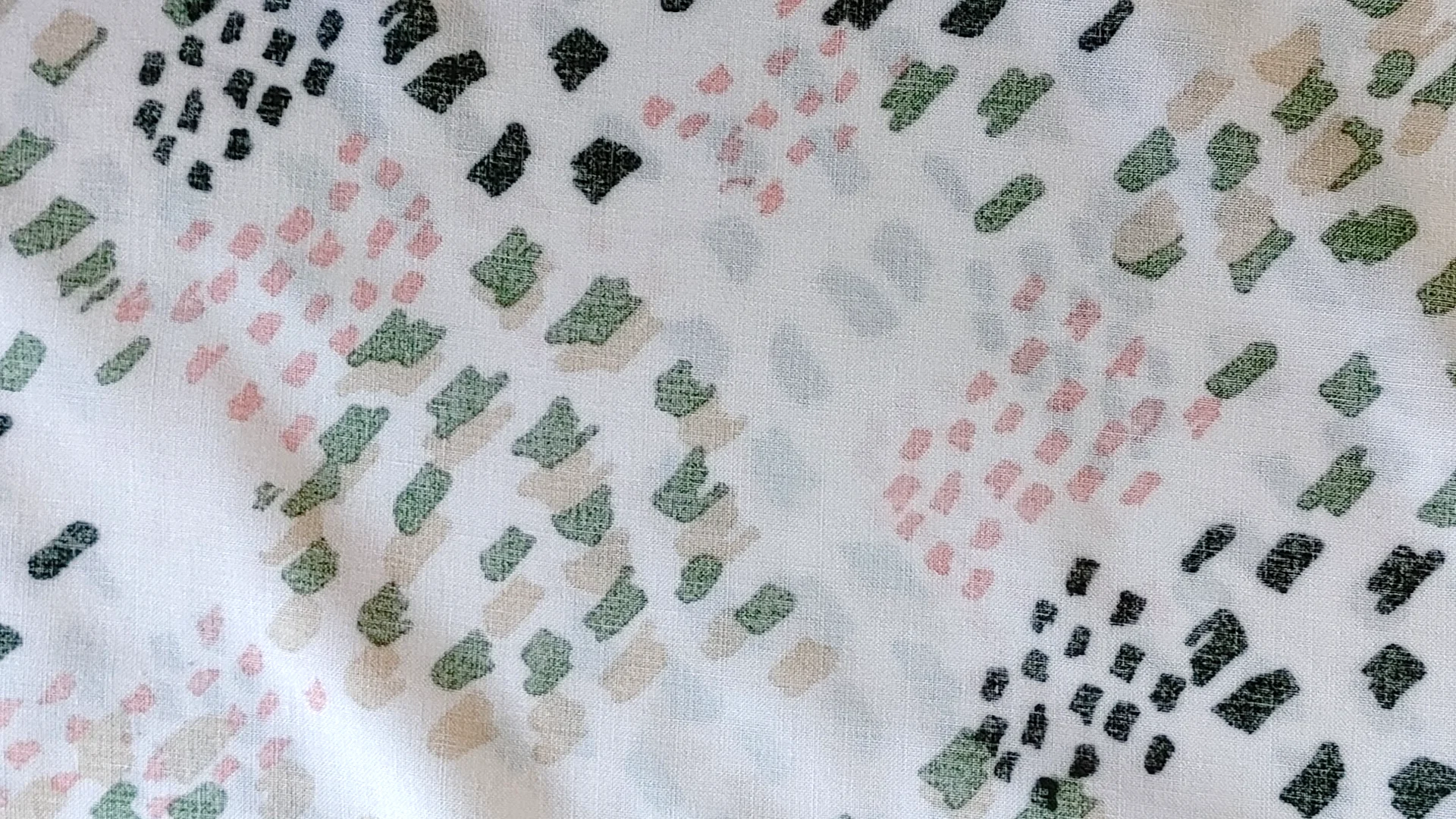
Fashion quality check: Can you see through the fabric?
Another quality signal: How tight is the fabric woven?
Transparent fabric can be a design choice, but more often we simply want a basic white t-shirt where we don’t expose our underwear directly. To check the quality of jersey fabric I recommend looking at the thread of the weaving. Do they seem to be quite thick and loose? Then leave it behind – same if the thread seems to have an uneven thickness. If you can barely see the weaving with your eye and you can’t see your hand through the fabric, it’s a good sign of quality.
Prewashed fabric prevents shrinkage
Before sewing high-quality clothing, you need to prewash the fabric to shrink it. To save cost that isn’t done by many fast-fashion brands, especially when clothes are sold for a dime. It’s quite hard to determine if the fabric got prewashed if the brand doesn’t tell you but if you can smell the chemicals quite intensely, it is most likely not prewashed.
The devil lies in the details of the cut
Fabric for high-quality clothing must be cut with the grain or in a bias (45° angle) but often in fast fashion, it isn’t cut straight. Then the grain runs in different angles and directions. What happens is that your clothing starts to turn after the first wash and looks frumpy.
The grain of the fabric is running lengthwise and should be vertical to the ground. Except if you wear a bias-cut garment then it should be at a 45° angle, this technique is often used for slip dresses, waterfall tops, and skirts.
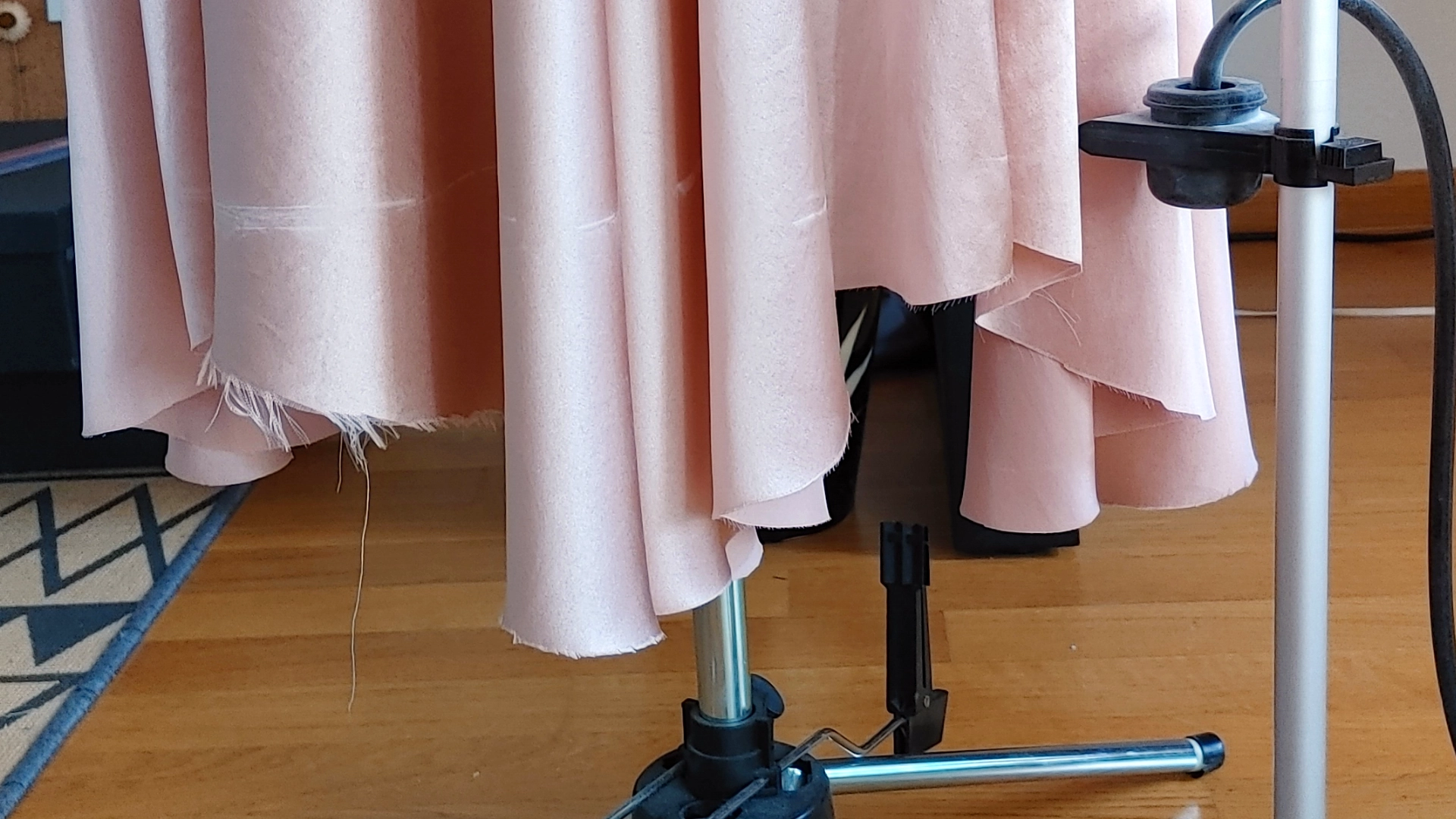
A bias cut skirt needs to hang after cutting because even if cut exact, gravity will take its toll and it will end up with an uneven seam.
Check the threads & seams
Are there any threads that weren’t cut off properly? Then the garment was produced in a hurry, and you should stretch the side seams to inspect if you can see some thread poking in between the seams and they seem loose.
Also, check if all the visible edges on the insight are cast over or if there are any open seams. Open seams are in most cases not a sign of good quality.
Seams and different finishes
The most high-quality seam finishes are the Hong Kong binding, French seams, and flat felled seams. With fine haute couture clothing, you’ll often get hand-sewn overcast stitches, rolled seams, or seams with hidden stitches for trousers.
The most popular finish is an overlock/cover lock seam, or when clothing is homemade, you’ll spot a zig-zag stitch.
In general, every seam shall have a finish except if it’s leather or PU that isn’t woven. This material doesn’t need to have a seam finish. The lining can also go with a pink finish if the material is being hand-washed or needs to go to the dry cleaner.

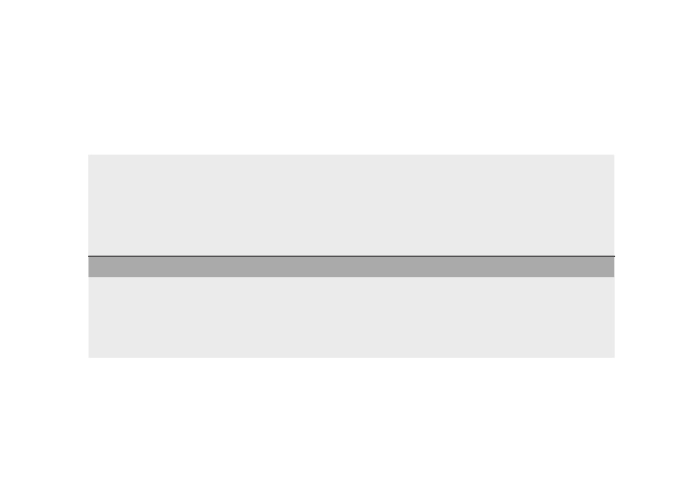
Hong Kong finish
The Hong Kong finish has bias-bound edges.
French seams
French seams are sewn from the right side of the fabric and then closed so that the inside is left with a clean seam. This technique consumes a bit more fabric and is also often used in high-quality historical garments.

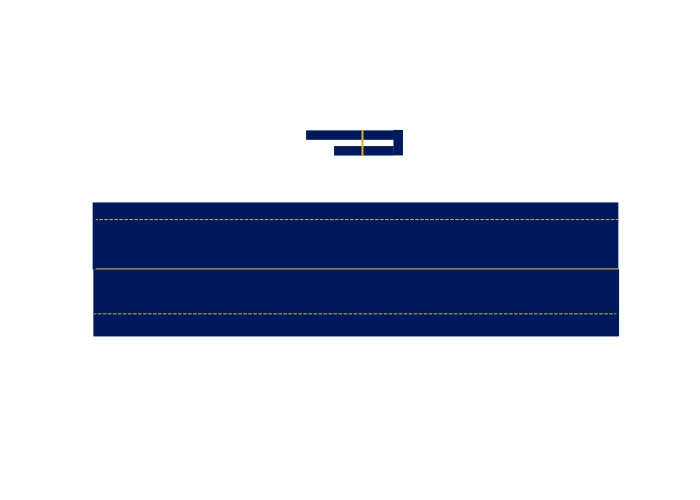
Flat felled seams
Flat felled seam you often see on jeans, because it gives a seam some extra strength. It is sewn together and then folded over and topstitched again, which makes it quite bulky.
Edge stitched seam finish
An edge stitched seam finish has the edges turned in and is held together with a straight stitch.
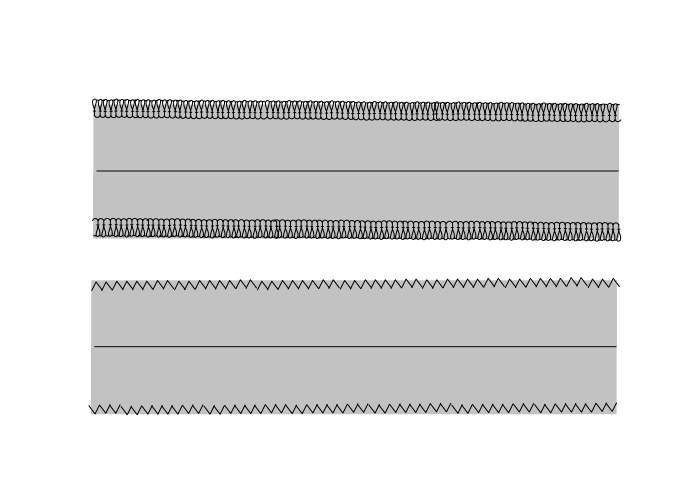
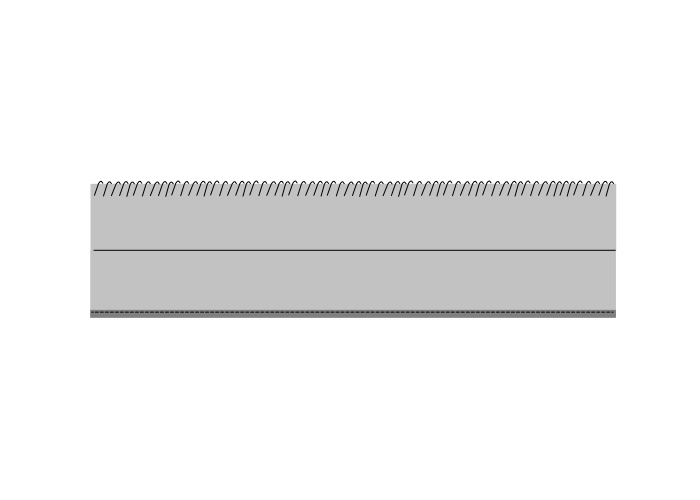
Overlock seam/Zig-Zag stitches
The overlock seam is sewn with a special machine with 3-4 threads, and you most often see it in t-shirt side seams.
If you don’t have an overlocker at home, you can secure fabric edges with a zig-zag stitch.
Hand overcast stitch & rolled seam
A hand-overcast stitch is often used with fine materials and secures the edges. Whereas the rolled seam is often used in super tiny skirt seams of fine materials like wool.
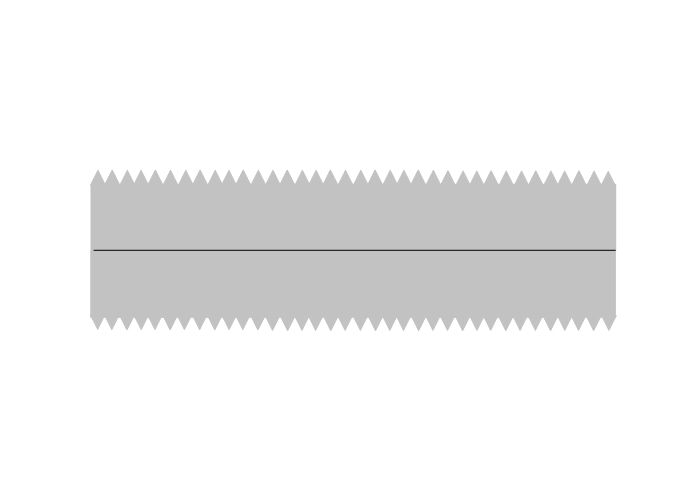
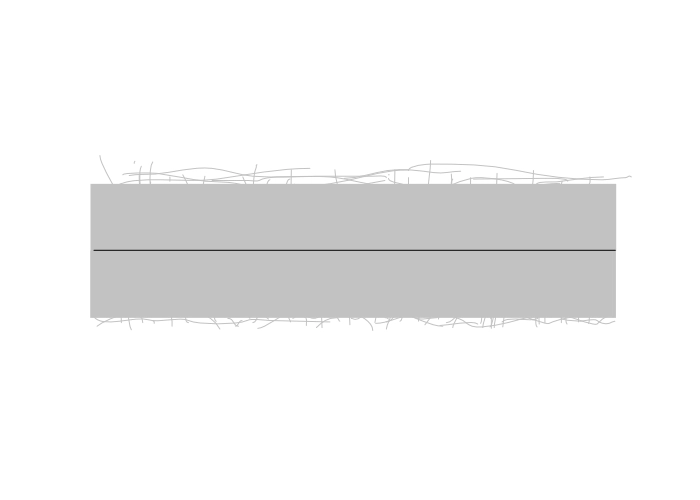
Pinked edges
Pinked edges are cut with zig-zag scissors and secure a raw edge from frilling. You can see it often in the lining of high-quality wool trousers that are half-lined.
Unfinished edges
Unfinished edges are common with leather, felt, wool, or PU that doesn’t frill. If unfinished edges are used on other materials, it is most of the time a sign of poor quality fashion.
Interfacing & lining give clothing a longer life.
If a garment has a lining it is already a plus point. The lining protects the garment from being worn out but should be made from fine cotton, silk, or acetate if you are looking for high-quality garments. The lining is then held in place by understitching or topstitching.
Another positive sign is interfacing in the collar, button placket, or waistband. This interfacing can be Vlieseline or a natural horsehair interfacing. Horsehair interfacing is quite expensive, and you’ll often only find it in haut-couture, to tailored, or self-sewn garments. It has a long durability and is woven with cotton/silk into a stiff fabric.
What’s a high-quality button?
More expensive buttons are made from metal, glass, ceramic, coconut, wood, or shell. If you want to spot a non-plastic button, simply feel if it’s cold or warm when you touch it. If it's cold, it is most likely not plastic.
I hope you learned something new and can check if you're holding a high-quality women’s clothing item in your hand or not. Of course, there are still some other techniques to check the quality of a garment. If you have other tips, simply leave them down in the comments.

